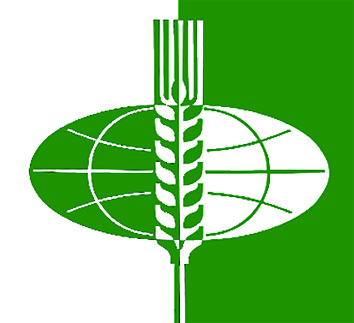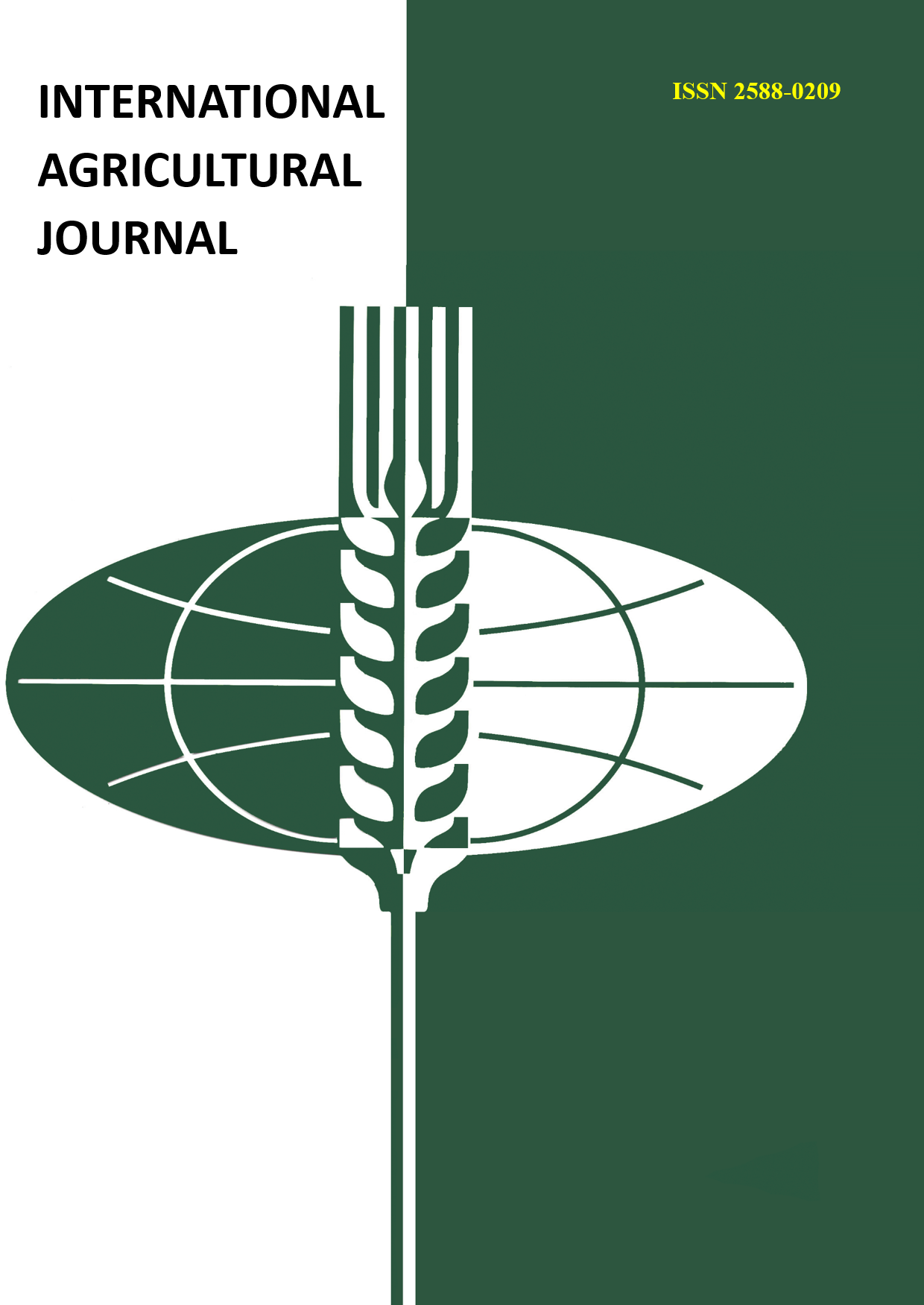The relevance of this work is due to the territorial differentiation of the possibilities and scale of agricultural production in various regions of the country, which also affects the uneven food security of the population. The article examines the significant imbalances in the food supply of the population of the Amur Region. As a method of assessing the level of food security in the region, the methodology of the rating assessment of the level of self-sufficiency for basic foodstuffs was used. Practical significance of the methodology allowed to determine the place and level of the districts in solving the issue of self-sufficiency in the region's food. Within the region, districts and cities are grouped into three groups with a high, permissible and unacceptable level of food self-sufficiency. The changes in indicators of lagging agro-food directions that require increased attention to increase their own production capacities for the development of domestic production as the main direction for maintaining sustainable self-sufficiency of the region's population with food have been established. The main directions of the development of food production are determined and the necessity of optimizing the territorial food sector of the region is grounded
region, food security, food security doctrine, self-sufficiency index, actual consumption, norma-tive consumption, self-sufficiency level, population, food, own production, territorial differen-tiation














